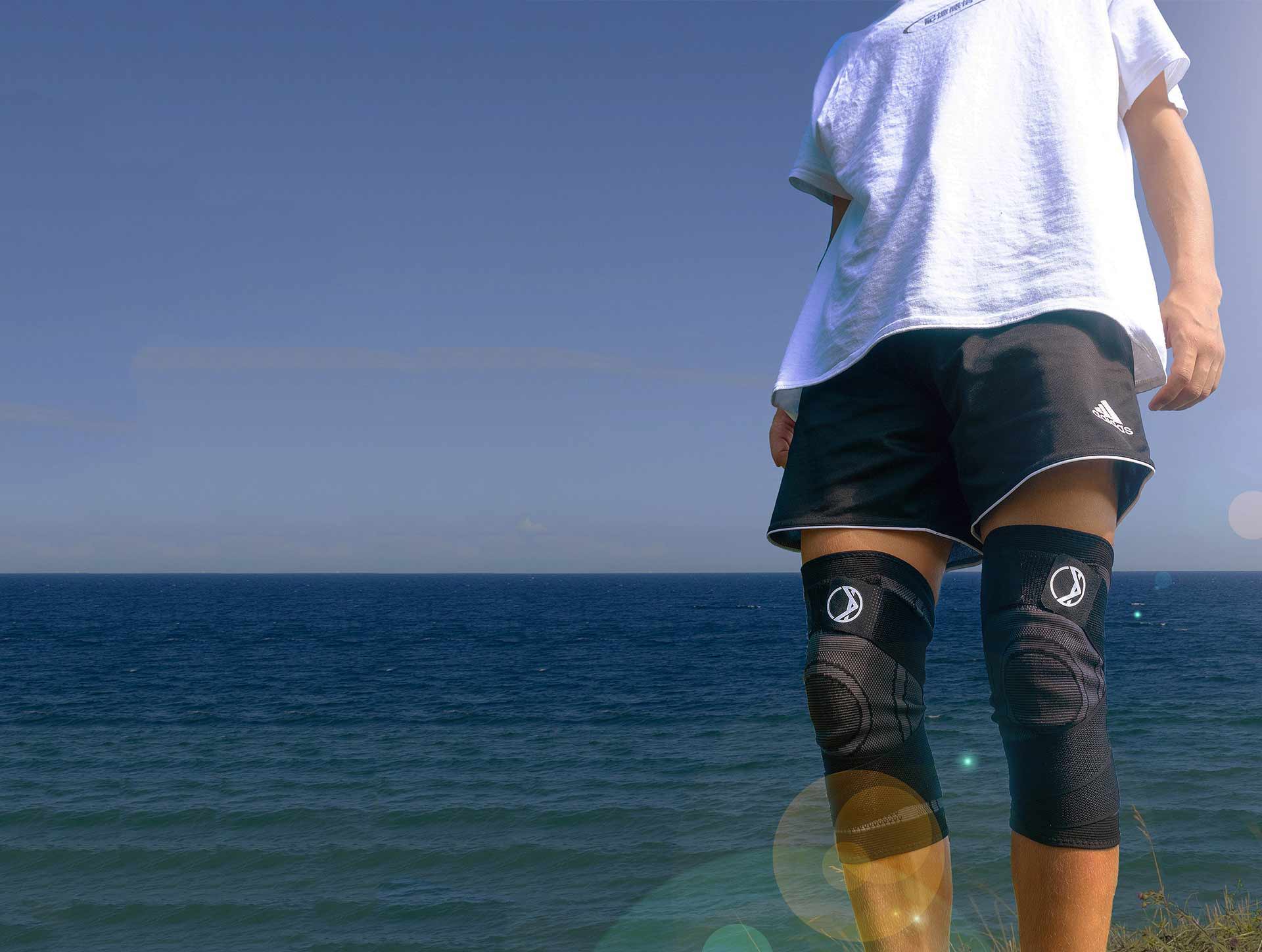
How Tight Should Knee Sleeves Be?
May 29,2023 | 3 Mins Read
TABLE OF CONTENTS
Knee sleeves are a popular accessory used by athletes, fitness enthusiasts, and individuals seeking extra support and stability for their knees. These sleeves are designed to provide compression, warmth, and protection to the knee joint during physical activities.
Understanding the purpose and benefits of knee sleeves is crucial in determining how tight they should be for optimal performance and comfort.
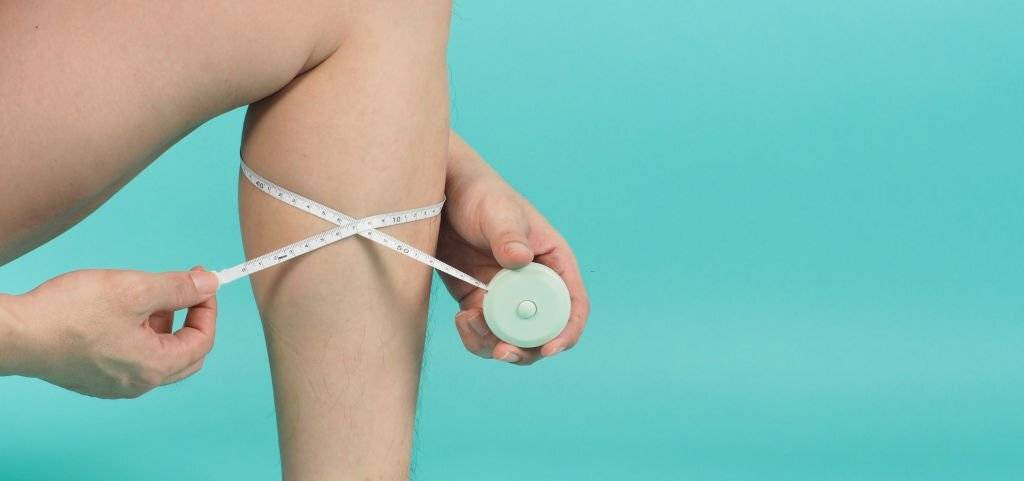
The most important aspect of finding the right knee sleeve is to get properly measured. Measure your circumference directly below the kneecap with a flexible tape measure for the most accurate measurement.
Make sure that you measure your knee while standing up, as the circumference of the knee can vary when sitting or lying down.
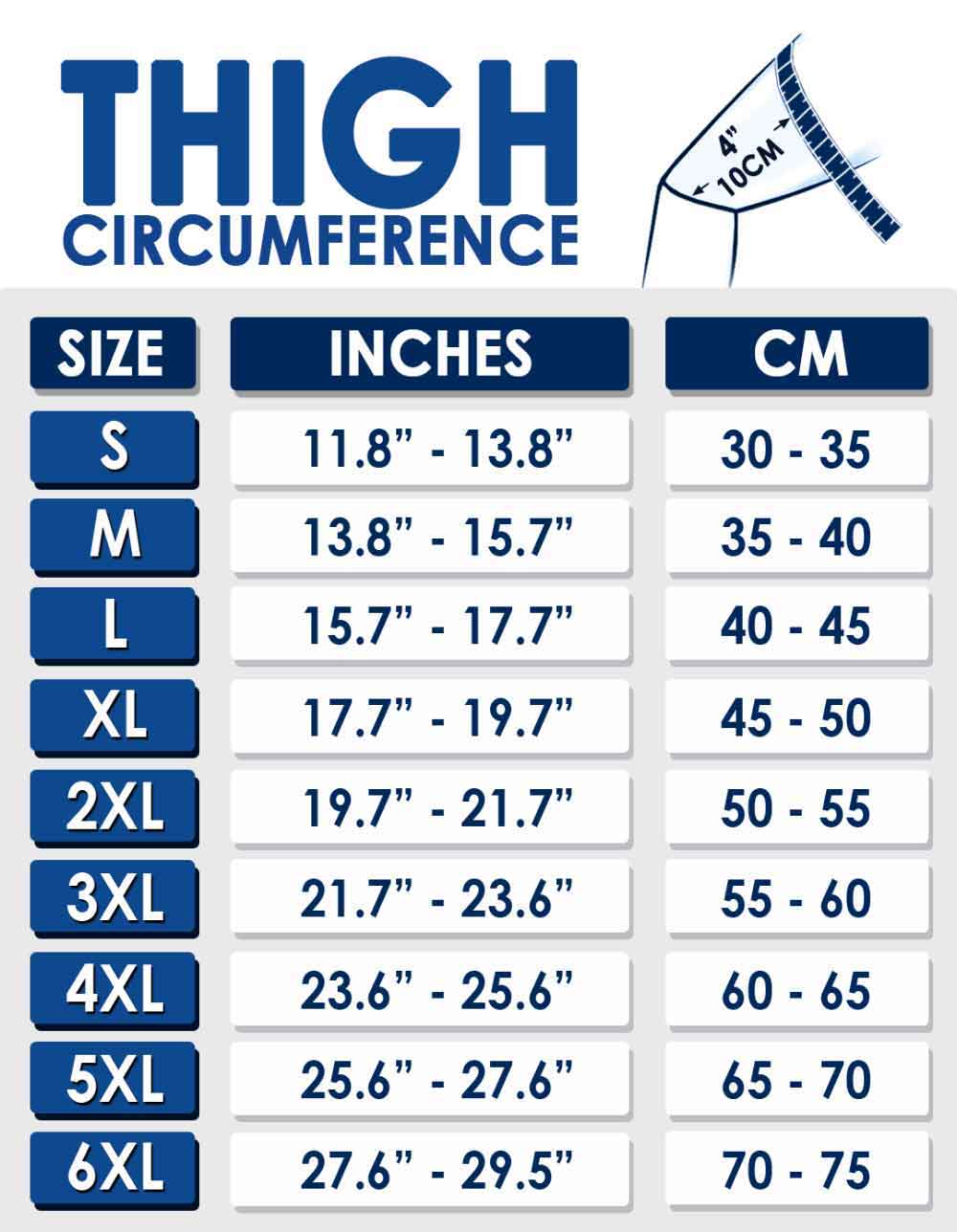
Another way to determine how tight a knee sleeve should be is the two-finger test.
To do this, you will need to slide your hand into the sleeve and then wrap it around your knee, pressing two fingers snugly against your skin (but not too tightly).
If you can fit two fingers between the sleeve and your leg without any gaps or extra space, your knee sleeve is likely the right size.
When deciding to size up or down for knee sleeves, you should consider your level of comfort and the support you need.
If you're between sizes, sizing down typically offers more compression and better support, which could be beneficial for heavy lifting. However, keep in mind that it might also be less comfortable, especially for extended wear.
Sizing up generally gives you more comfort but less compression.
Expert tip:
Are you between sizes? If so, it is best to select a knee sleeve size that is slightly smaller.

Yes, it's likely that knee sleeves stretch over time, but the degree of stretching will largely depend on the material they're made from. Materials like nylon and spandex are well-known for their elasticity and durability, and are often used in high-quality knee sleeves.
Among the durable options available on the market, the Koprez knee sleeves are specifically designed for heavy and long-term use. They're crafted with robust, stretch-resistant materials that ensure the right balance of compression, support, and flexibility. The sleeves are structured to maintain their shape and elasticity even with frequent use, promising an enduring snug fit.
Of course, even the best knee sleeves require proper care to extend their lifespan. The way you clean and maintain your knee sleeves can significantly impact their longevity. For guidance on how to care for your knee sleeves, you can refer to our article on how to care and wash for knee sleeves.
When it comes to powerlifting, the knee joints are subjected to significant strain and stress. Each lift involves a tremendous amount of force, and the knees are one of the critical joints that bear the brunt of this load.
Squats and deadlifts, for example, require deep knee flexion under heavy weight, and maintaining proper form is paramount to prevent injury. Therefore, good knee sleeves for weightlifting is vital in assisting your knee joints.
Knee sleeves for powerlifting should be tight enough to offer a high level of compression and support, but not so tight that they impede blood circulation or cause discomfort.
They should provide a snug fit, allowing you to feel secure while lifting. The compression offered by the knee sleeve not only helps in stabilizing the joint but also promotes blood flow, aiding in recovery after intense sessions.
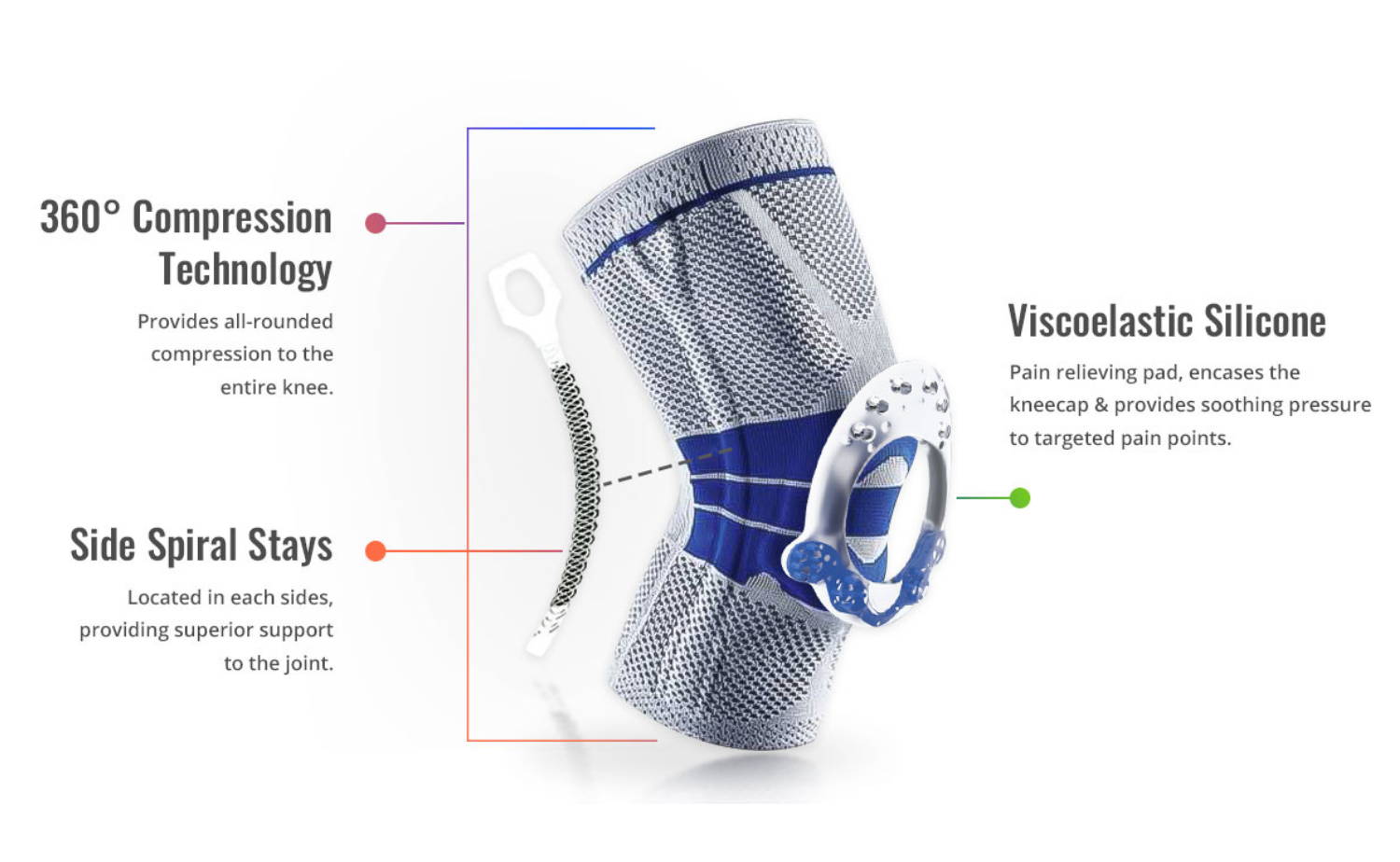
Reinforcements and stabilizing features are often incorporated into knee sleeves to enhance their performance. These additional elements, such as reinforced stitching or silicone grip strips, can help prevent slippage and provide targeted support to specific areas of the knee.
The activity you will be performing or the condition you are treating should be taken into consideration when selecting a knee sleeve. It's not just the level of compression that you should think about; how long you should be wearing a knee sleeve is also important.
Here are some of the factors you should consider:
The first factor to consider is your body type and size. Knee sleeves come in various sizes, and selecting the right size is crucial for optimal performance and comfort.
Measure the circumference of your knee at its widest point and refer to the manufacturer's sizing chart to determine the appropriate size.
Choosing the correct size ensures a snug fit that provides adequate compression and support without being overly tight or restrictive.
Different activities and sports place unique demands on the knee joint. Consider the specific movements and stresses involved in your chosen activity when selecting knee sleeves.
Weightlifting involves heavy loads and movements that require stability and joint support. When choosing knee sleeves for weightlifting, opt for sleeves with a thicker construction and reinforced stitching.
These sleeves offer excellent stability and compression, helping to enhance performance and protect the knees during intense lifts.
Squats put significant stress on the knee joints. For squats, knee sleeves with moderate thickness and compression are suitable.
Look for sleeves that provide a balance between support and flexibility. This allows for proper knee tracking and stability while maintaining freedom of movement.
Deadlifting primarily focuses on hip hinge movements, but the knees still experience stress. Knee sleeves for deadlifting should provide mild to moderate compression and support.
Look for sleeves with a thinner profile that allows for greater mobility while still offering adequate joint protection.
Running involves repetitive impact and dynamic movements. For runners, knee sleeves with lighter compression levels and breathable materials are preferable.
Opt for sleeves that offer a comfortable fit and flexibility, allowing for natural movement while providing mild compression to support the knee joint.
Basketball requires a combination of running, jumping, and lateral movements. Knee sleeves for basketball should provide moderate compression, stability, and flexibility.
Look for sleeves with additional features like silicone grip strips to prevent slippage during quick direction changes.
Knee sleeves come in various thicknesses, ranging from thin and lightweight to thick and heavy-duty. The choice of sleeve thickness depends on the level of support and compression you require.

While knee sleeves offer numerous benefits when worn correctly, wearing ill-fitting sleeves can pose potential risks. It's important to be aware of these risks to avoid unnecessary discomfort or adverse effects.
Here are some potential risks associated with wearing improperly fitted knee sleeves:
If knee sleeves are too tight, they can restrict blood flow and compress nerves, leading to discomfort, numbness, or tingling sensations.
Proper sizing and fit are crucial to avoid these issues. It's important to choose knee sleeves that provide sufficient compression and support without excessively constricting the knee.
In some cases, knee sleeves made from certain materials can cause skin irritation or allergic reactions, particularly in individuals with sensitive skin. If you have a known allergy or sensitivity, opt for knee sleeves made from hypoallergenic materials or consult with a healthcare professional for suitable alternatives.
Expert tip:
If you notice the development of a rash beneath your knee sleeves, it's crucial to give the affected area some time to breathe. Apply a soothing lotion and use baby powder to keep the skin dry as it heals. However, if the rash continues to persist, it's advisable to consult a medical professional.
There are important considerations to keep in mind when selecting knee sleeves for activity and sport. The choice of sleeve thickness, material, and fit will vary depending on the level of support and compression needed. Your need for extra strength and stability will also influence the type of sleeve you choose. Ultimately, selecting the right knee sleeve comes down to finding a balance between flexibility, support, and comfort.
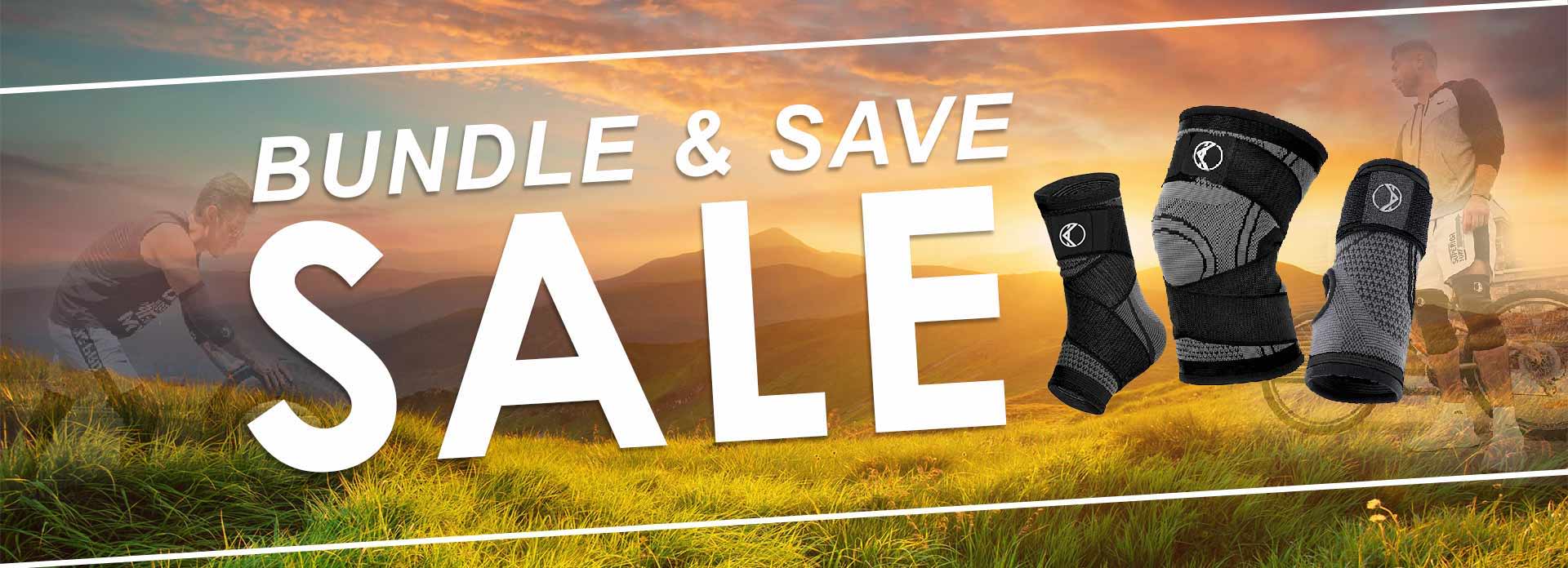

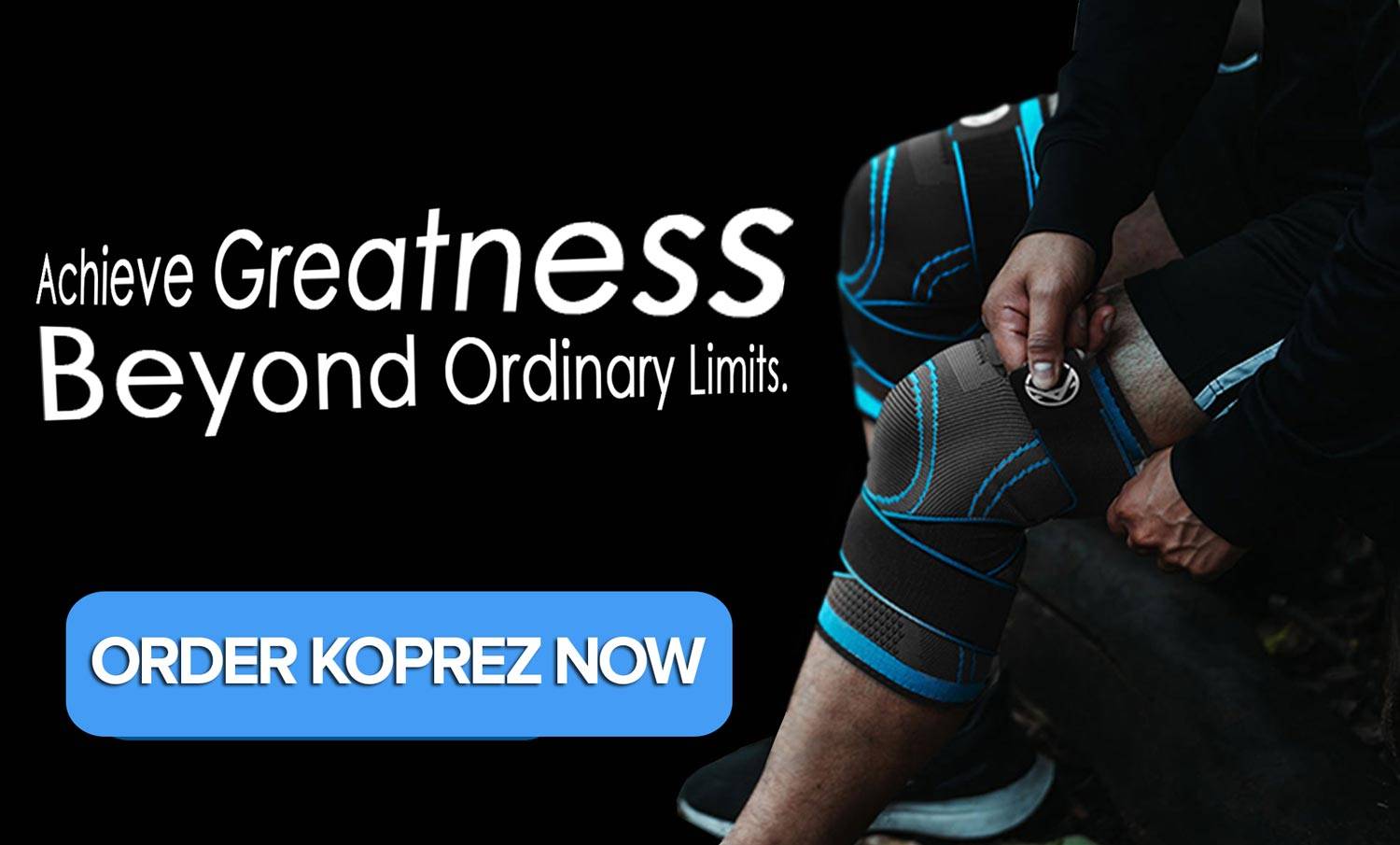



Author

Claire Evans worked as the content marketing manager at Koprez. Claire combined a background of writing and editing, marketing, and patient education to best serve consumers, fitness enthusiasts, athletes, and anyone who relies on the Koprez brand for helpful information.
Koprez® Featured Products
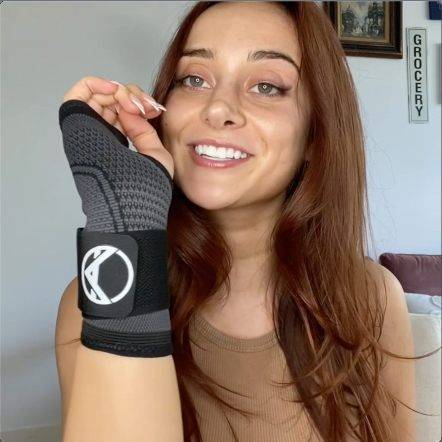

"I sprain my wrist super often, so I decided to try out this sleeve. This is game-changing! I've been using it for a while now, and my wrists feel amazing. I haven't gotten in any injuries since using it too. It just makes my wrists feel so supported."
Alexis A.
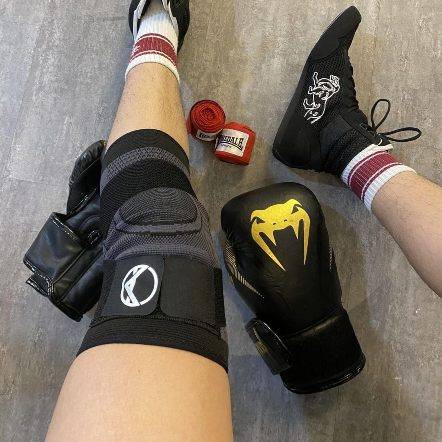

"Use this for my boxing training. It is a very comfortable brace and does not move out of position during skipping ropes and sparring sessions. I use it while running too. Probably the best brace I've purchased throughout the years. It is very flexible. Makes me look like a pro! :)"
Samuel L.


"I've just got back to running after a couple of years of being plagued by injury. These compressions socks are helping give me peace of mind while I build up my distance again. They are the perfect level of compression, super comfy, and very high quality. Feel great while on a run, and looks great in the orange colour I have!"
Dave R.
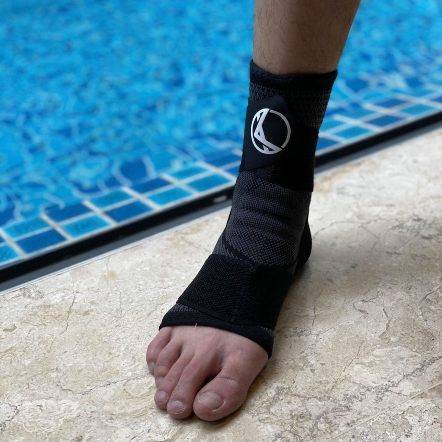

"I have a weak ankle, and the Koprez ankle sleeve has been a lifesaver. Wear it every day. Super breathable and comfortable. Like wearing a cool sporty looking sock!"
James F.
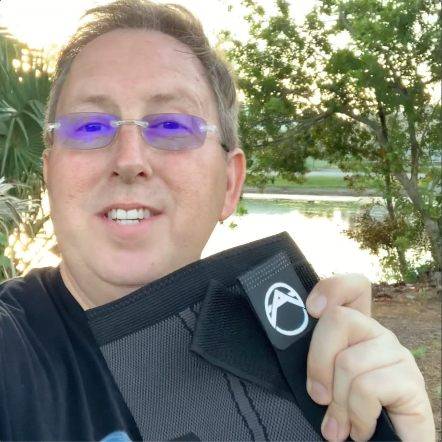

"This is the best knee sleeve I've ever tried. It's now a must-have for all my exercises. A few years ago, I had an accident that damaged my knees, but with Koprez I can be active again with no knee pains at all. It's been truly amazing!"
Alex M.
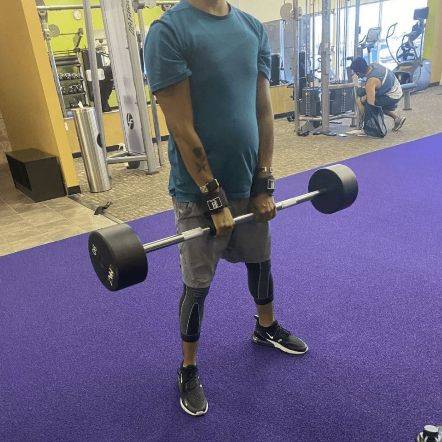

"One of the best purchases I've ever made. It fits your legs all the way from top to bottom, great snug fit, gives you support and definitely helps during rehab and training."
Rafael A.
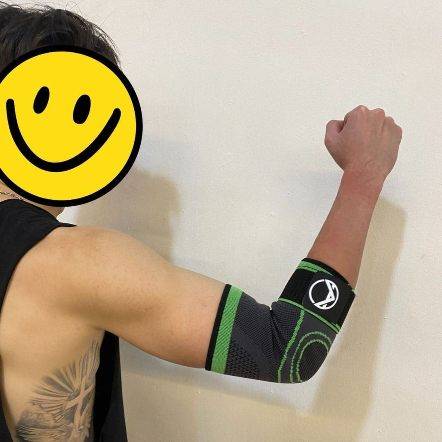

"I had a minor elbow injury, and Koprez sleeve was super supportive and definitely helped me recover faster. I still use the sleeve to prevent further injury. So far, so good. Very comfortable and does not feel hot at all. Highly recommend!"
Corey B.
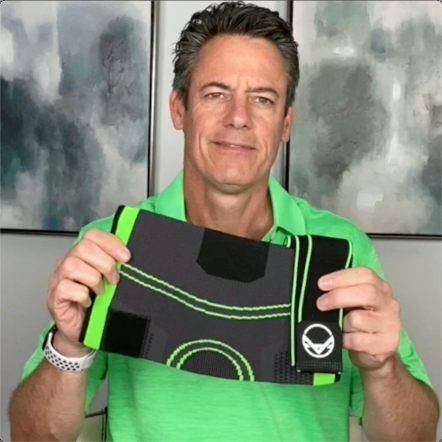

"It's really been a game-changer for me. It allows me to exercise a lot longer than I used to. Now my knees don't hurt, and they're not uncomfortable at all."
Mike P.


"Great product!!"
Harold
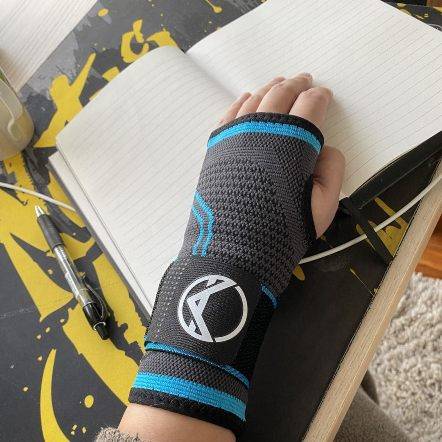

"I have carpal tunnel, and this brace has helped me work pain-free. Love the materials, and I can feel my wrists slowly getting better, even when I don't wear them!"
Christopher J.
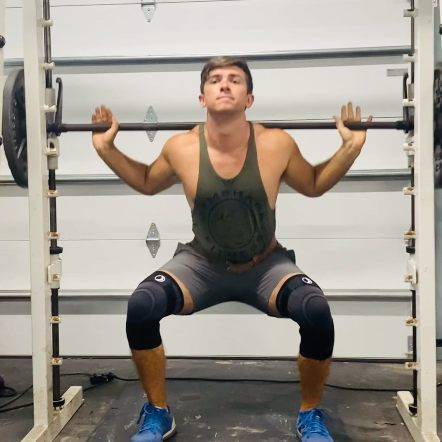

"I wanted to try out these sleeves to improve my squats and deadlift in the gym without worrying about injuring my knees. They stayed up throughout the entire gym session, and my knees feel super supported. Now I can do what I love for years to come. "
Corbin C.